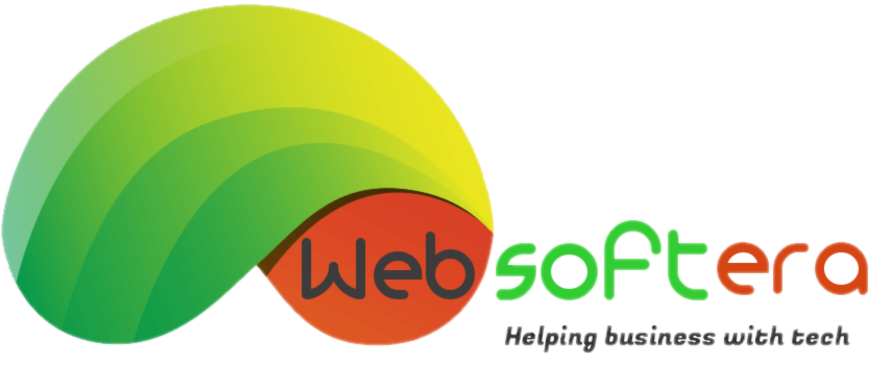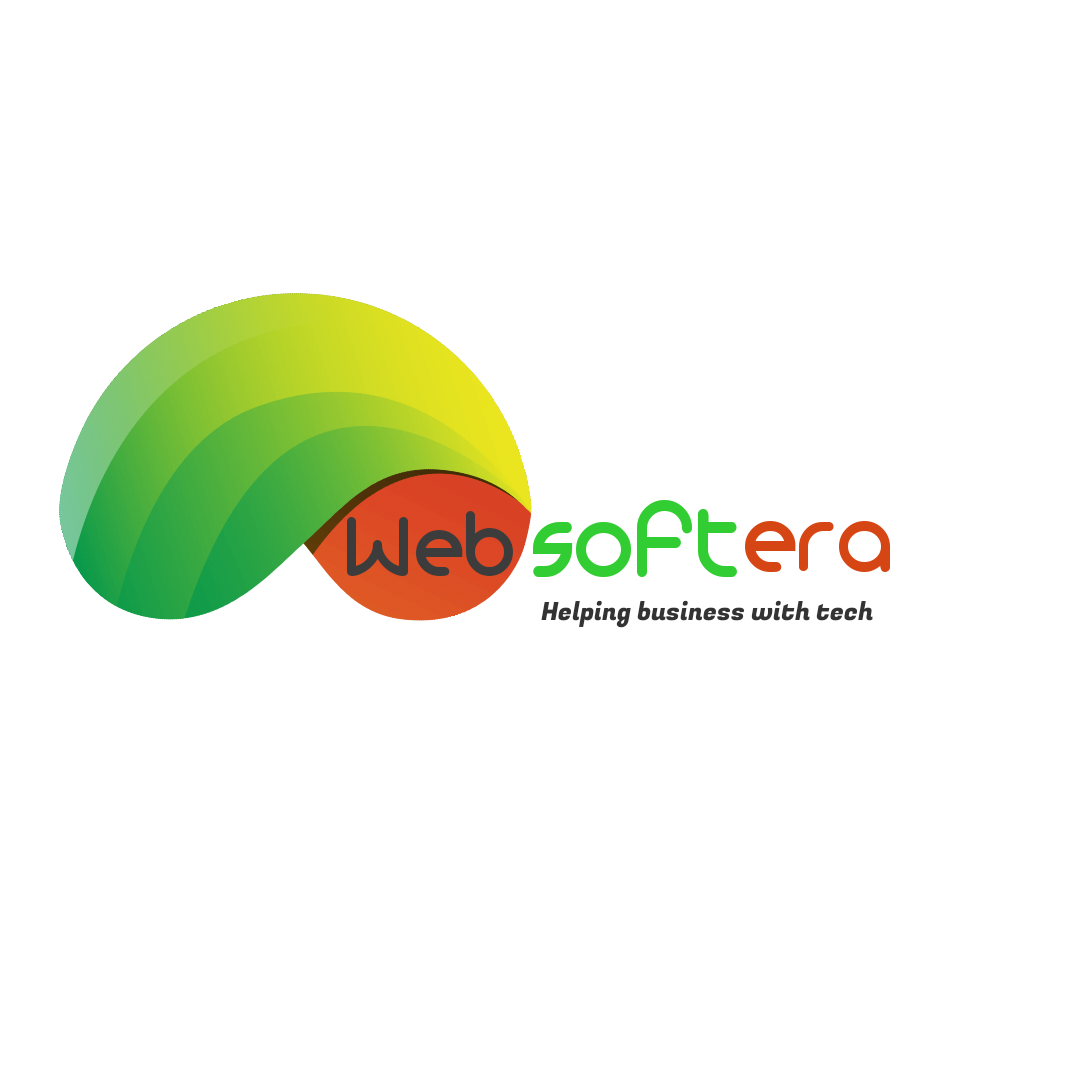The software industry is dynamic in the truest sense of the word. As such, there are diverse career paths that aspiring developers can take; and each one can potentially pave the way for a bright future.
In today’s world that is driven by technology and automation, two of the most sought-after roles in the development field are that of a Full Stack Developer and Data Scientist.
Given that both roles come with a host of promises for developers to grow and thrive in the industry, it can be tricky to choose the right role that best suits your skills. If you are an aspiring developer who is trying to figure out the answer to ‘Data Science vs Full Stack Developer – which is easy?’ then this blog will surely guide you.
Full Stack Developer vs Data Scientist: Know The Key Differences
What is the role of a Full Stack Developer?
A full stack developer is someone adept at working with the back-end (server-side), as well as the front-end (client-side) of the application. The aspirants have to gain mastery over multiple skills like fluency in multiple coding programs, familiarity with databases, a flair for designing, UI / UX management, and a certain set of soft skills to excel.
An expert Full Stack Developer is expected to have mastery over both coding languages in order to build user-friendly websites that are just as intuitive as they are visually appealing. Full Stack Developers must have in-depth knowledge of JavaScript and its features like React and Angular.
Apart from the three primary front-end languages – HTML, CSS & JavaScript, a Full Stack Developer should also have extensive expertise in some of the back-end languages like Python, Ruby, and Java. Both HTTP & REST are essential elements in the software development chain. Full Stack Developers should have a good command over them.
As rewarding as this role is, there are some challenges involved just like any other role in the industry. Full-stack developers have to start with gaining clarity on the client’s requirements; this task is no easy feat given that there are many minds and perspectives at work.
Another key challenge is that they have to work collaboratively with the client until the final goal is achieved. They also have to work in sync with the non-technical departments like the design team.
What is the role of a Data Scientist?
It is a field that uses precise algorithms, automated tools, scientific methods, and meticulous processes to gather the necessary and relevant information. This information is then reorganized in a way that provides invaluable insights.
With the unquestionable power of Data Science, experts can predict risks related to business or customer data and implement cyberattack prevention systems in place. Secondly, Data scientists can build automated dashboards for firms where they can get easy access to real-time data, in an integrated way. This organized data can be used to measure past business performance and make better predictions for the future.
Expert Data Scientists make use of advanced technologies and employ new-age techniques to study the different patterns and user behaviors, and trends. They use Artificial Intelligence, Machine Learning, and Big Data to analyze and give structure to large chunks of data. A blend of these technologies can help organizations accelerate business growth at a faster pace.
As for the challenges, data scientists cannot always find the data that they require, certainly not in an organized manner. Getting access to this data is also a tricky task and requires collaborating with the IT team.
Moreover, protecting the data is a top property and requires consistent management. There could also be instances where the results derived may not prove to be applicable to business-related decisions.
Let’s take a look at some of the core technical differences between both roles –
| Full Stack Developer | Data Scientist |
| Here, the end goal is primarily to build websites and apps for companies, or platforms on the internet. | The main goal here is to analyze data using a fine blend of statistics, algorithms, and technology. |
| The key languages and tools associated with the role of a full stack developer are Photoshop, HTML, CSS, JavaScript, JQuery, Python, Angular, Node.JS, and Ruby. | The key languages and tools associated with the role of a Data Scientist are Python, Java, C, C#, C++, Matlab, Scala, SQL, Stata, R, SAS, Haskell, and Julia. |
| Full stack developers do not necessarily have to work with statistics. | Data scientists are expected to have basic knowledge of statistics as they are used to some extent. |
| The new-age trends and technologies related to full stack development are E-learning and E-commerce. | Artificial Intelligence and Machine Learning are new-age trends and technologies related to full stack development. |
| In the case of full stack, developers do not have to work with real-time data. | As the name suggests, data scientists have to be fluent in structured as well as unstructured data. |
| Here, the main challenges involved are misaligned expectations, complications that arise when building customized assessments, and the difficulties in proctoring full stack assessments. | The primary challenges here are undefined KPIs and metrics, data security, multiple data sources, and not having easy access to training with regard to how a business model works. |
Full Stack Developer vs. Data Scientist Salary
When it comes to Full Stack Developer vs. Data Scientist salary, it truly depends on the level and the range of skills that you possess, the scale of the firms offering the job role, as well as the nature of projects they undertake.
You can send your job applications to global companies to ensure a better scope for growth. However, the most you can do in this matter is sharpen your skills to bag rewarding jobs. The best way to do this is to get industry-oriented training.


